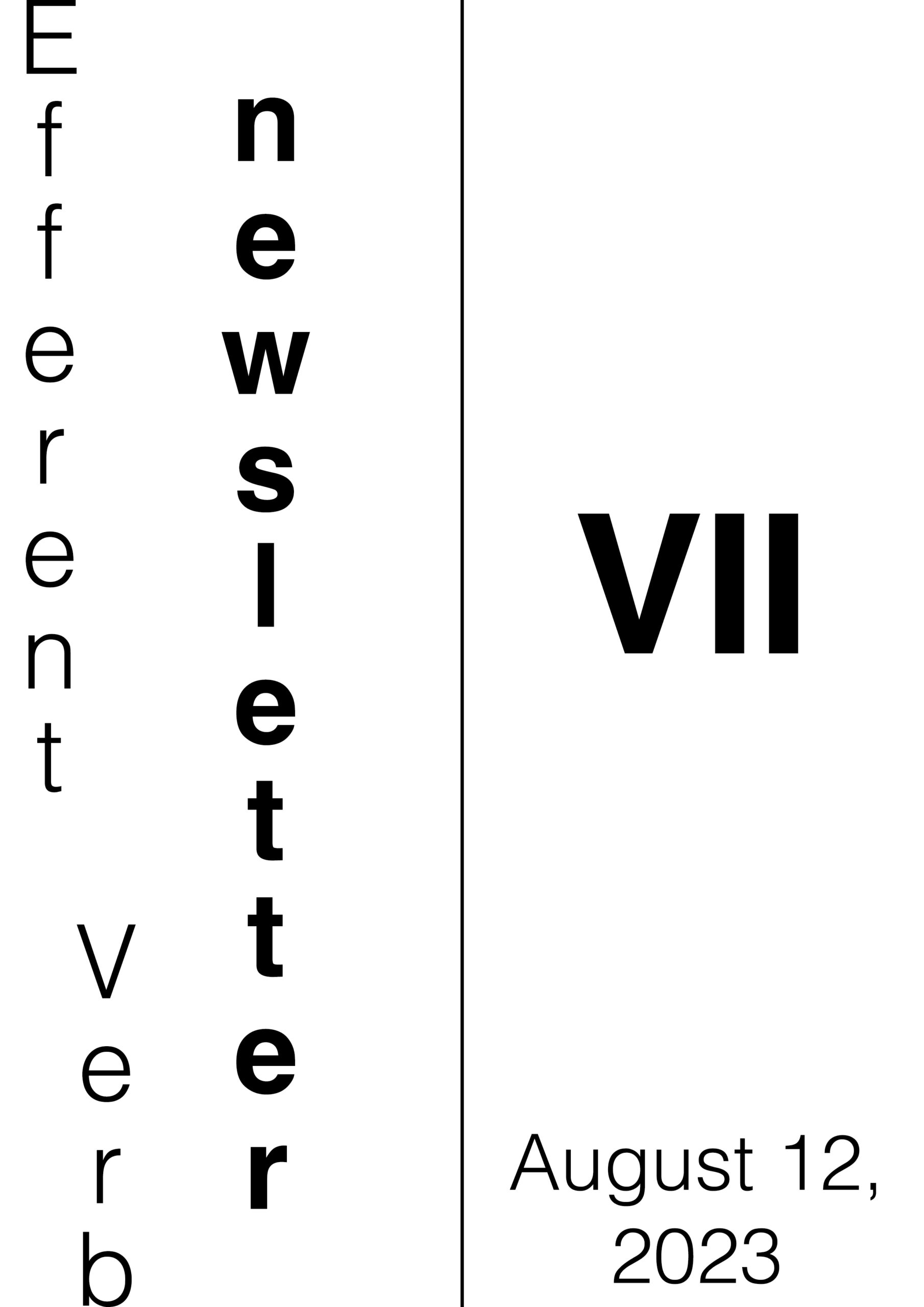
Efferent Verb Team:
Meet Sarah Wallin Huff, a freelance music composer and violinist, as well as a lecturer for California Polytechnic University, Pomona. She teaches a unique, upper division GE class called History of Technology in Music. In this class, Sarah guides her students through a deep exploration of humanity’s enduring connection with music and the evolution of the instruments and technologies used to create it over the past 40,000 years. Sarah has been creating original music since 1993 and started playing the violin in 1990.
Interviewer: You create music in a variety of genres. How do you find inspiration for new projects?
Sarah: I tend to have specific people, instruments, or themes in mind at the start of each new project. My favorite thing to do is create new works for my instrumentalist friends and colleagues, drawing inspiration from their unique personalities and the things they hold dear. For example, my viola suite “Nevermore” was created for one of my best friends and built upon the work of Edgar Allan Poe, whom we both very much enjoy reading and whose gothic style speaks to our natures. Sometimes I have a personal connection with a philosophy or theme I wish to explore further through musical expression: like my tarot-inspired work, “The Oracle”, or my string quartet “Wabi-Sabi”, for example.

Interviewer: You have released several albums in recent years. Which album was the most personal to you and why?
Sarah: My newest album, SHARDS, which will be released on August 11 under Navona Records is so far my most personal, I think – although I also have a very special place in my heart for my 2019 self-produced album, “Legend Seekers”. Both albums feature music that really means a lot to me as well as performers who are close personal friends of mine. It’s that personal connection and communal sharing of some unique musical ideas that really excites me!
Interviewer: You also write music for various media projects, including computer games. How do you approach creating music for these projects, and is this process different from creating music in classical music and folk genres?
Sarah: Yes, my music for media tends to be created using a process different from the way I generally approach my concert music. All of my prior media work has been created for a specific person, story, character, and reason, so I’ve tried to create music that will enhance the media it’s accompanying as best I can as well as “tick all the boxes” the person who created that media is looking for. Often, I’m challenged to compose in styles or genres that are not in my native musical “language,” so the process stretches and challenges me in exciting ways.
Interviewer: When creating music for films or games, how do you take into account visual elements? How can music affect the cinematic experience?Sarah: Practically speaking, I tend to compose within the (almost limitless) confines of a DAW when composing for media, so that I can pace the music to specific beats in the footage I’m given and so that I can aurally “visualize” the music using both traditional and non-traditional instruments, like the huge variety of synths we have available to us today. When I create concert hall music, I almost never create in a DAW and instead work with traditional notation (as I’m usually creating music that will be performed by live humans in a live setting), which helps me to see the finer details of interactions between voices, or the interplay of instrumental acoustics, as I build a piece. No matter the genre, music is absolutely vital to the cinematic experience – a well-done score will help take the viewer into the soul and heart of what is going on on-screen. It should work with all the other elements to create a cohesive experience in telling a story and highlighting the thoughts and feelings of characters – whether or not those inner thoughts are expressed verbally in dialogue.
Interviewer: You play many instruments, including violin, viola and 6-string electric violin. How do these instruments influence your music, and how do you choose which instruments to create new compositions on?
Sarah: I can’t deny that being a string player very much influences how I construct my music; having received specialized training for a couple years in Early Music Performance Practice has also contributed strongly to my musical tendencies. My brain seems to operate on a linear level – in other words, I generally start with melodic motifs that layer on top of each other to create harmonies and rhythm. For me, each individual line in a texture is a building block on which the whole experience is built – what that line does (the way it moves from note to note, which note it chooses to go to next, what octave it’s placed in) is all part of the recipe for making music sound a certain way. As for selecting instruments to write for, I almost always write for specific players or situations where my music might be presented – but if I do happen to start a project with a specific aesthetic goal in mind, I will take into account which instruments or musical tool will be the best vehicle for expressing that goal.
Interviewer: How do you feel about collaborating with other musicians? Are there any specific genres/types of projects you would like to work on with someone else?
Sarah: When it comes to collaborations, it’s all about the people I work with. Regardless of genre or type of project, if the people involved are open-minded, humble, down-to-earth, and just love music for the sake of loving music and the joy it brings to our lives – I continue to enjoy rich friendships and collaborations with people like that.
Contact:
Mobile: +1 909 560 1992
Website: https://hype.co/@sjwallin/
Email: sjwallin@me.com
Facebook: https://www.facebook.com/sjwallin/
Instagram: @sjwallin
